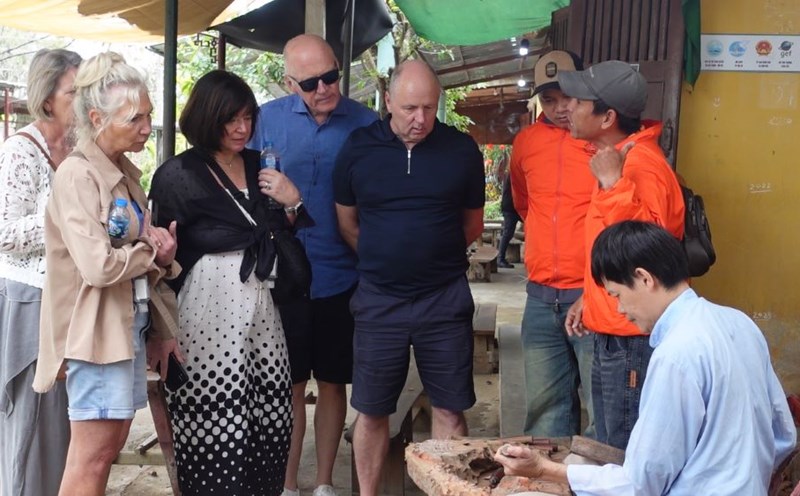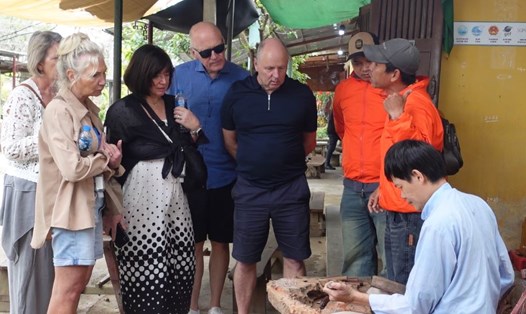The blacksmithing profession is inherently hard, requiring strength and ingenuity. The hammer on the tray, the fiery fire and the sweat of the workers are familiar images in the village. After many generations, although no longer as prosperous as before, the craft village still exists, contributing to preserving the identity and pride of the community.
Coming to Da Van on a weekend in late September 2025, the golden sunshine of bees was no longer as intense as in early summer, and the village still resounded with sand Hammer and S most.
Everyone knows that the craft households here are Mr. Toan and his wife, Ms. Huong, Mrs. Quy and her children, Mr. Thom and his children... all of whom have been in the profession for 30 years or more.
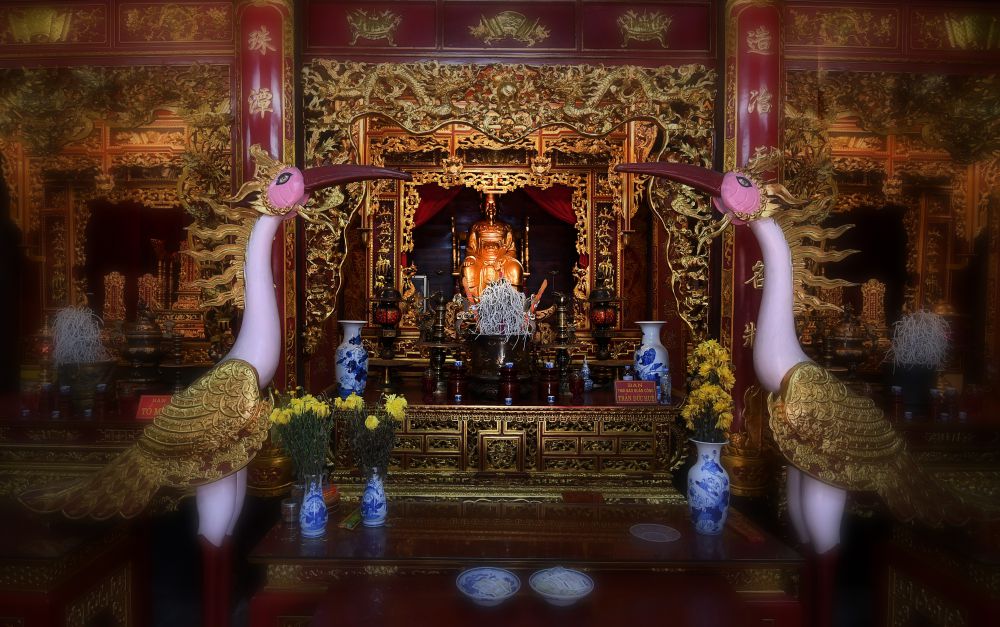
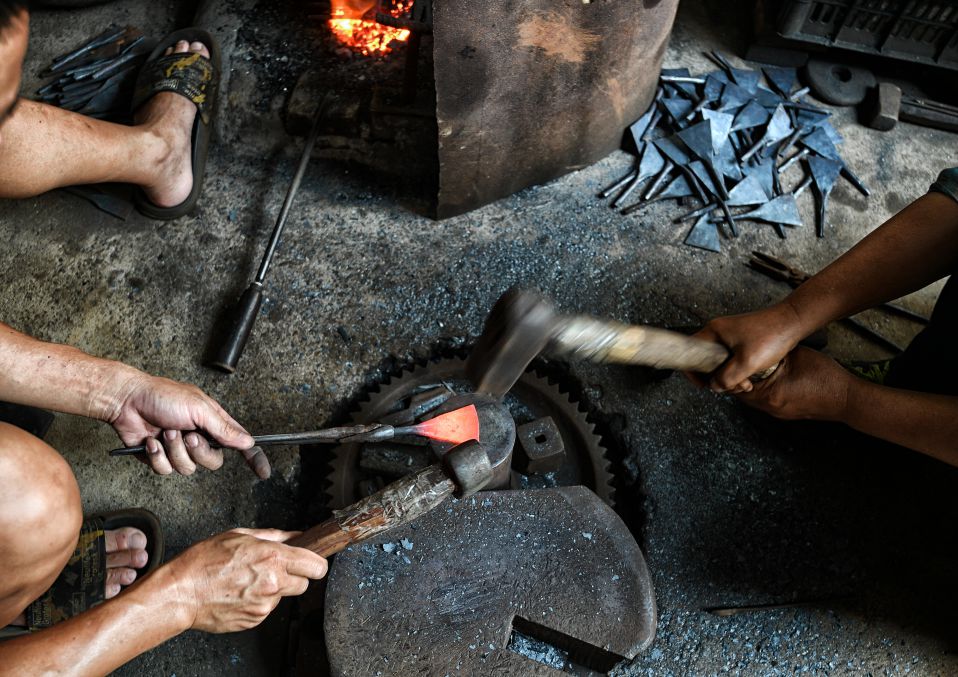

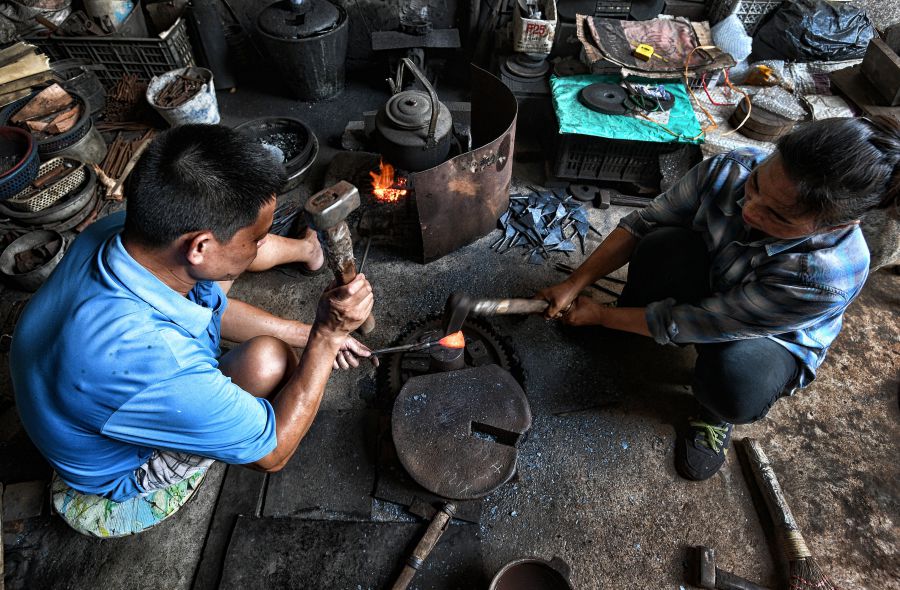
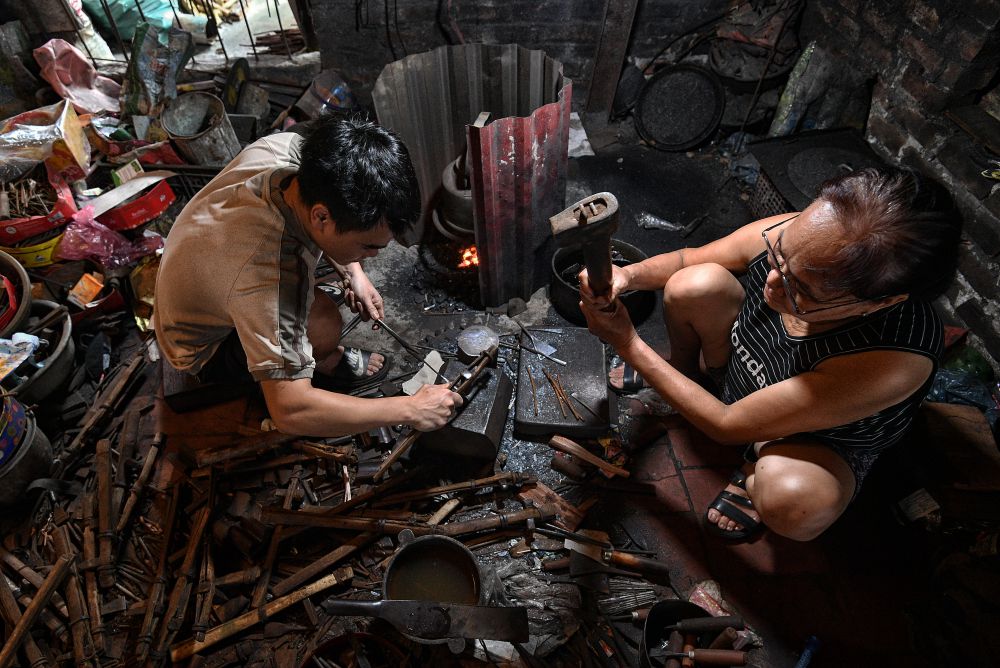
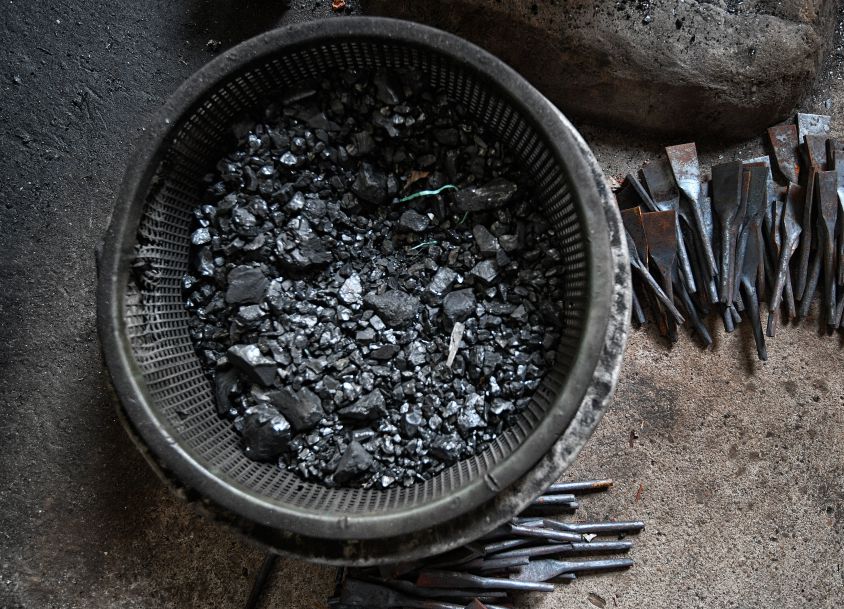
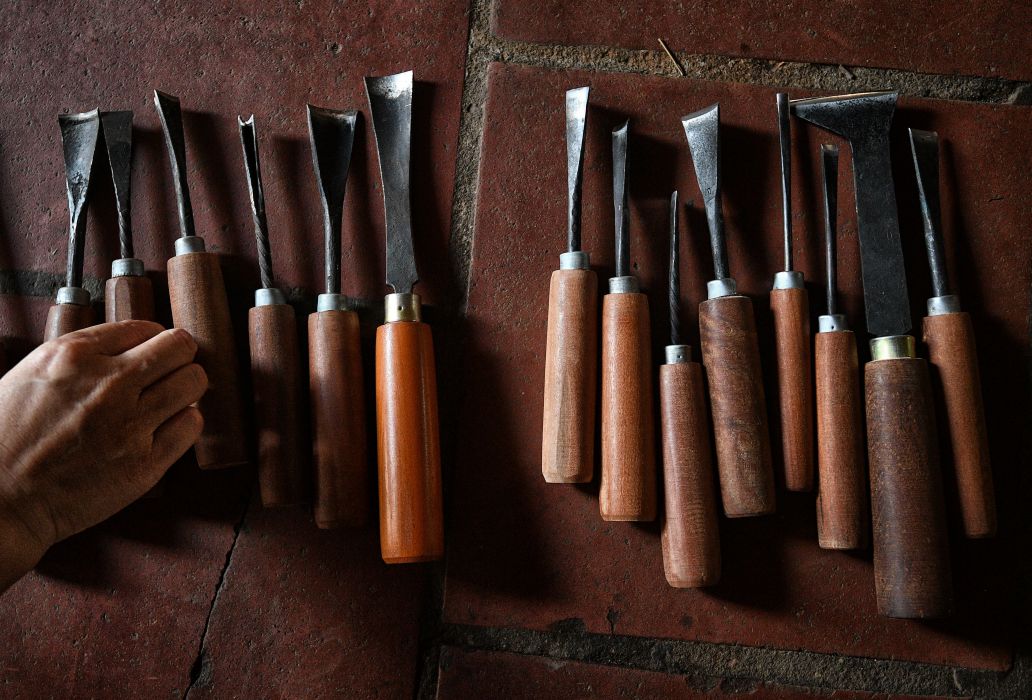
Mr. Do Ngoc Tin, a soldier returning to the village, who has been in the profession since 1978, now that he is still ageless and tai in his 80s, said: Now there are very few households in the profession. In the past, the art of hand-carving was hard, using tails and hammers to break steel pipes, now the machines are doing it all... I lived in the older generation, at that time steel was scarce, had to pick up the whole piece, now there is too much steel. In the blacksmithing profession, the most difficult step is the "working" of steel. This is the step that determines the quality of the product: If "me" has not yet arrived, the steel will be soft, the knife will be quick to loan. If the "meal" is too hot, the metal will be brittle and easily cracked.
Mr. Tin said that he heard the legend that the blacksmithing ancestors of Hung Yen but living in Da Van went to trade coal with the women, and once came to the village to attend a late festival and were not well received, so they went to Da Hoi village to open a blacksmithing profession. But that is a legend, and it is not clear whether the founder of the iron blacksmithing profession currently worshiped in Da Hoi communal house (inherent to Da Van village) is Thuan Quan Cong Tran Duc Hue, born in 1515, originally from Hung Yen.
Mr. Tin said that currently in Da Hoi, most people work by machine, only Da Van, while households work by hand in many stages of blacksmithing.
Today, despite the impact of changes in modern life, blacksmithing in Da Van, Kinh Bac is still deeply cultural. It not only creates products, but also demonstrates the spirit of persistent labor, attachment to the land and the life of a Northern countryside.


